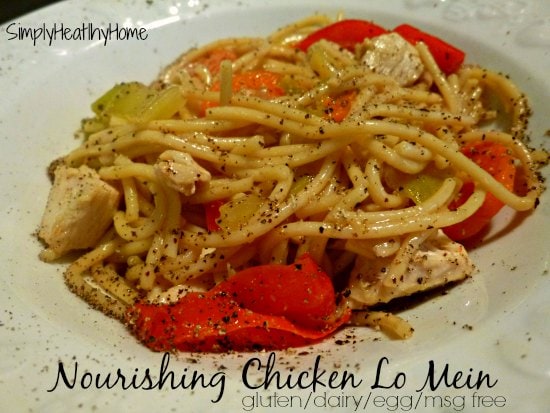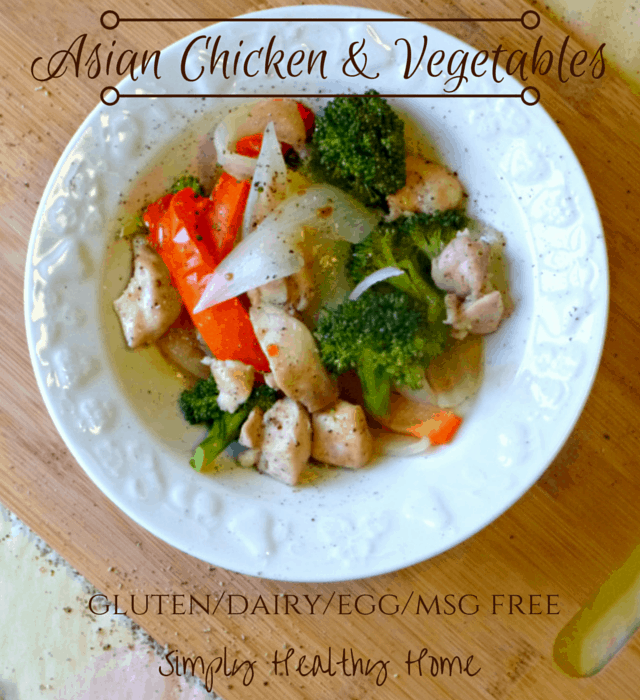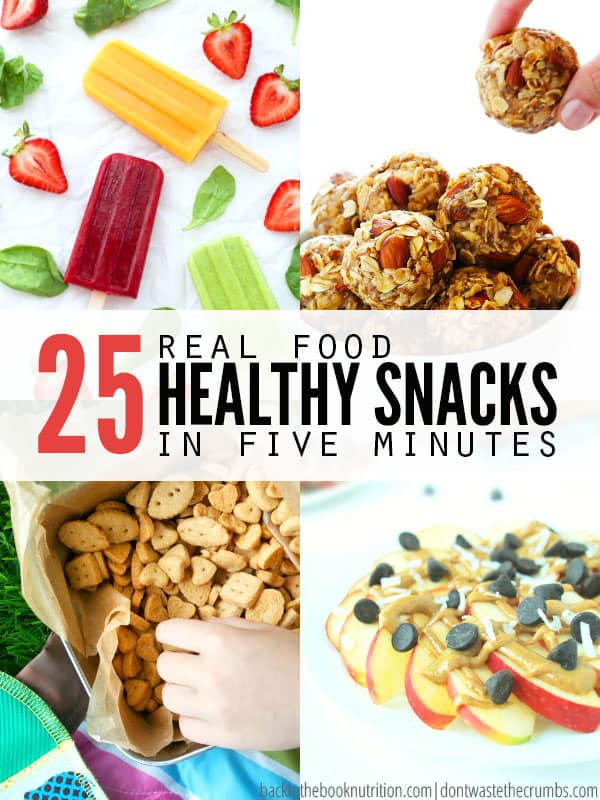This post may contain affiliate links which won’t change your price but will share some commission.

Big confession: My kids only get a bath about once a week.
*cringe*
*Waits for mean trolls to threaten to call CPS.*
No one?
Oh good.
It’s actually not good for our skin and our microbiome to bathe every day, but I know for some people once a week is pushing it. And in the summer, oh my goodness, it IS! We have upped our baths a ton in the past week now that Michigan has finally decided to give us summer weather.
Every day this week my kids have been caked in sunscreen, dirt, sand, and lunch. There are bugs in buckets and leaves in hair and – not kidding – even dirty NECKS going on around here.
It makes me squirm when they’re that dirty, but at least it doesn’t make me worry about their health.
On the other hand, if they were smeared with conventional sunscreen, sticky from sugar-free popsicles and in a cloud of brand-name bug spray, I’d be worried.
Summer is so. much. fun. But it’s also rife with hazards that you don’t always encounter the rest of the year – and I’m not talking about the obvious, immediate ones like falling out of trees or having water accidents.
I’m talking about the hidden, long-term effects of chemicals we put on or in our bodies more superfluously when we spend a lot of time outside.
Here are 3 simple choices to make to avoid the common summertime toxins.
EnviroKlenz is a new sponsor and I’m loving their products because as a non-toxic company, they value getting information out there that will keep your family safe. To improve your indoor air quality, get the stink out of your laundry and sporting goods without putting chemicals in, or clean up an odorful spill, they’ve got you covered.
1. Choose Alternatives to DEET When Fending Off Bugs

DEET is NOT carcinogenic (cancer-causing).
It’s NOT hormone-disrupting.
Nah, it’s just likely neuro-toxic. Just one little old thing.
Neurotoxicity means it may cause:
- insomnia
- mood disturbances
- impaired cognitive function
- seizures
And really, my measuring stick for “should I use it?” is usually not, “Is it proven to be harmful and how much will it hurt my family and how perfect is the research?” It’s more like:
Has it been around more than 100 years?
Is there a more natural alternative that probably works just as effectively?
If it’s a relatively “new” thing created by humans – new meaning measured in decades, not centuries – then there haven’t been long-term enough studies for me to know that I won’t hurt my great-grandkids by using it with my kids.
And if there is a better option, then why am I even bothering to look at option number 1?
In this case, the harmful effects of DEET are questionable, and because there are questions, I’m going to explore the alternatives rather than be assuaged by researchers saying, “Millions of people have been using this for 50 years, so it’s fine.” <<< my paraphrase
Right.
‘Cause there certainly aren’t any unexplained rises in disease in the last 50 years. All is well. (<<<sarcasm)
And when scientists still aren’t quite sure how DEET works on insects (we’re a long way off on their to-do lists), I’m not quite sure I want it on my skin – the largest organ in the body and responsible for interacting with the world – and absorbing things.
There are better ways, though!
It’s not hard to find natural insect repellents – my family tested over a dozen of them! It takes some fiddling to find the one(s) that work best for your family, only because of the way natural bug sprays work: they typically synergize with your own body, which means that no matter what MY findings were for which ones sent mosquitoes flying away from our body, visibly, you still may have to try a few to hit the jackpot.
I did include a chart of the ingredients in the brands we tested, so you can determine what works for you and then choose only brands with your own secret-sauce components.
If you’re a DIYer you can also find plenty of non-toxic homemade insect repellents, including some as easy as planting the right stuff in your garden.
2. Run Away from Chemical Sunscreens

Ah, now here’s the cancer.
And the hormone disruptors.
All those long, active ingredients in conventional sunscreen – oxybenzone, octinoxate, PABA, octisalate and more – impact your endocrine system and also may even increase free radical activity in your body, the genesis of cancer.
Lovely.
I just shared our 2016 update to the huge natural sunscreen review, bringing our total tubes tested to over 70! Really and truly! Our babysitter went to put sunscreen on the boys this week and reeled back from the mud room bench, saying in surprise, “Oh! There’s just…so many!”
I’ve been writing for 7 years about the dangers of conventional sunscreen, the ingredients to avoid, and how there’s as much estrogen in conventional, chemical sunscreen as the birth control pill. (Check out the video in that last one that demonstrates the dangers of sunscreen spray!!)
Sunscreen safety is a passion of mine, and it kills me that so many parents still don’t get it – that when they’re trying to do the right thing, to prevent sunburns and skin cancer by slathering or spraying their kids with sunscreen – that they may actually be making matters worse in other ways.
It’s a horrible rock-and-hard-place situation for families, and it makes summer a treacherous time to be sure.
But there are alternatives, mineral-based sunscreens that are not only non-toxic and not carcinogenic or hormone disrupting, but I’d venture to say that many are even good and nourishing for your skin, because the ingredients are the same as fine lotions.
There are plenty of mineral sunscreens that absolutely stink, though – they go on like white out or paint drying, they run off in the water, or they gum up in the tube. Don’t go shopping without finding out which FIVE I recommend out of those 70 we tried!
If you are checking out a brand that I didn’t review, first of all, tell me so I can get it for next year. Second of all, I want you to be able to evaluate ingredients for yourself too, so grab this one-page cheat sheet on what to look for and what to avoid – you can take it to the store with you!
3. Watch for Sneaky Artificial Sweeteners

What we put ON our bodies is important, and what we put IN our bodies is probably even more so.
We find in the summer that we eat far better because of fresh produce from local growers, but yet sometimes far worse because of parties, potlucks, cookouts, the temptation to make an easy meal of brats on the grill, and of course the fact that all the frozen treats in the world begin to call our names.
It’s common for kids in the neighborhood to have popsicles mid-afternoon and share with anyone who’s around.
What’s the risk here?
Sugar? Artificial colors?
Sure, those aren’t great, but they’re not as evil in my mind as artificial sweeteners, which are a relatively new chemical NEVER tested on children long-term! We have zero idea what will happen to kids if they’re exposed to aspartame, Sucralose, neotame, acesulfame potassium and others.
I’m constantly seeing them now in those popsicles that are in the clear plastic sheaths. Marketers label them “less sugar!” which sounds healthier, so parents buy them. But they’re not safe for kids!
Think you don’t have artificial sweeteners in your house?
Go check any bubble gum your kids have. Any lower calorie drink, sports drink, 100-calorie drink, and even some regular old juices marketed for kids. Check your toothpaste. Any lower sugar yogurt.
They’re sneaking into a LOT more foods and drink lately, not just things labeled “diet” or “lite” like it used to be. It drives me nuts! Artificial sweetener is our one non-negotiable, but it slips by more often because of how food processing companies are beginning to use it. Icky, icky.
Read about the hazards of artificial sweeteners HERE, please!
Is the Natural Life Possible?
Yes, emphatically yes!
We don’t need to seek perfection in all things, but if we can just learn to read ingredients, think critically about what we put on and in our bodies (and our children’s bodies), and try out the natural options before the chemical, we can truly have a non-toxic summer.
We might even have time to bathe our kids more than once a week.
Or, as is more often the case, we play hard outside all day, relax a little too long at dinner, get tempted by a walk after dinner (maybe to the ice cream shop? No sugar-free cones though!), and start bedtime routine far too late. When it’s a call between proper sleep and a bath, we typically go with less-cranky kids, meaning more sleep.
So when I kiss the heads of those sleeping little angels on my way to bed, I can sigh in satisfaction over a day of sunshine and outdoorsy stuff…I can breathe in the scent of mineral sunscreen, citronella oil, good clean dirt and little boy sweat…and as my lips slightly stick to his face, I can know that my dirty little boy is at least clean of the stuff out there that will actually hurt him.
There’s always time for a bath – or a water gun fight – tomorrow.
Don’t wait until tomorrow to make non-toxic choices for your family, though! What else do you want to try to avoid this summer?
Disclosure: EnviroKlenz is a June sponsor receiving their complimentary mention.
Original article and pictures take www.kitchenstewardship.com site



















